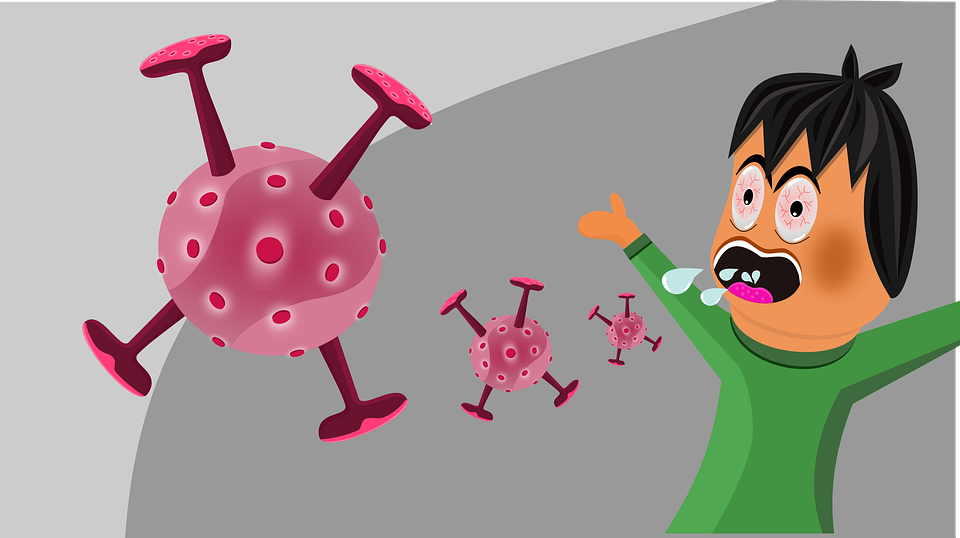Book Appointment Now

Public Health Nursing Strategies for Managing Chronic Diseases in Low-Income Populations
Chronic diseases, including diabetes, hypertension, and cardiovascular conditions, disproportionately impact low-income populations due to systemic barriers such as limited healthcare access, socioeconomic challenges, and lifestyle factors. Public health nursing strategies for managing chronic diseases are critical in addressing these disparities, offering community-based interventions, education, and preventive care. This essay explores the pivotal role of public health nurses in implementing programs that enhance chronic disease management, particularly in underserved communities, and evaluates their effectiveness in improving health outcomes.
Our nursing experts can deliver 100% custom paper about the role of public health nurses in chronic disease management according to your order instructions.
Write my nursing essay
The Burden of Chronic Diseases in Low-Income Communities
Low-income populations face higher morbidity and mortality rates from chronic diseases due to limited access to healthcare, inadequate nutrition, and higher stress levels. According to the World Health Organization (WHO, 2020), chronic diseases account for 71% of global deaths, with a significant burden on vulnerable populations. Addressing these disparities requires targeted interventions led by public health nurses.
Nurse-Driven Programs for Chronic Disease Management
Community-Based Screening and Early Detection
Public health nurses conduct mobile clinics, home visits, and community health fairs to identify at-risk individuals. Early detection of hypertension and diabetes through regular screenings leads to timely interventions and improved health outcomes (CDC, 2021). Mobile health units in low-income neighborhoods provide convenient access to screenings, reducing the risk of undiagnosed conditions.
Patient Education and Lifestyle Modification Support
Education is a cornerstone of chronic disease management. Nurses provide tailored dietary guidance, exercise recommendations, and medication adherence support. Studies show that patients who receive consistent nurse-led education exhibit better disease management and reduced hospitalizations (Brown et al., 2019). Group education sessions and one-on-one counseling ensure that patients understand their conditions and how to manage them effectively.
Chronic Disease Self-Management Programs (CDSMP)
CDSMPs empower patients to take control of their conditions through goal-setting, self-monitoring, and problem-solving techniques. Public health nurses facilitate group workshops that address stress management, nutrition, and medication adherence, leading to improved self-efficacy in disease control (Lorig et al., 2020). Peer support networks further reinforce self-management, helping patients share experiences and solutions.
Home-Based Care and Telehealth Services
Telehealth has become a transformative tool in managing chronic diseases among low-income populations. Nurses use telemedicine platforms to provide virtual consultations, monitor patients remotely, and offer medication counseling. Home-based nursing interventions also ensure continuity of care for individuals with limited mobility or transportation barriers (Hirsch et al., 2021). Remote monitoring devices, such as wearable blood pressure cuffs and glucose meters, help nurses track patient progress and intervene when necessary.
Medication Access and Adherence Support
Cost-related medication non-adherence is a significant issue in low-income populations. Nurses collaborate with pharmacists, social workers, and community organizations to secure discounted medications, free prescription programs, and adherence counseling (Smith et al., 2018). Medication synchronization programs allow patients to refill all prescriptions at once, reducing missed doses and improving adherence.
Culturally Tailored Health Interventions
Public health nurses recognize the importance of culturally competent care in disease management. Programs are designed to align with cultural dietary habits, beliefs, and health literacy levels, ensuring higher engagement and adherence (Betancourt et al., 2020). Bilingual health education materials, community health workers from similar cultural backgrounds, and traditional dietary modifications are incorporated to make interventions more effective.
Community Partnerships for Sustainable Health Programs
Nurses partner with local organizations, religious institutions, and schools to expand chronic disease management efforts. Community partnerships allow nurses to integrate health promotion into existing support networks, increasing program reach and sustainability. Faith-based initiatives and school-based wellness programs have proven effective in engaging populations that might not otherwise seek medical care.
Evaluating the Impact of Nursing Interventions
Assessing the success of nurse-driven programs requires tracking patient outcomes, hospital readmission rates, and long-term adherence to treatment plans. Research indicates that nurse-led chronic disease management programs reduce emergency room visits and improve overall quality of life (Murray et al., 2019). Patient feedback surveys, biometric tracking, and follow-up home visits provide measurable insights into program effectiveness.
Challenges in Implementing Nurse-Led Programs
Despite their effectiveness, these programs face challenges such as funding limitations, workforce shortages, and patient engagement barriers. Addressing these issues requires policy support, increased funding for community health programs, and continued professional development for nurses. Expanding loan forgiveness programs for nurses working in underserved areas and implementing financial incentives for community health projects can help alleviate these challenges.
Future Directions for Public Health Nursing in Chronic Disease Management
Innovations in public health nursing can further enhance chronic disease management, including artificial intelligence-driven predictive analytics, community paramedicine programs, and integrated mental health services. Policy reforms that expand nurse practitioner roles can also increase access to primary care for low-income populations, reducing the burden of chronic diseases.
Public health nursing strategies for managing chronic diseases are indispensable in reducing health disparities among low-income populations. Through early detection, patient education, culturally tailored interventions, and innovative approaches like telehealth, public health nurses significantly improve disease management and overall quality of life. Strengthening these programs through policy advocacy, sustainable funding, and expanded community partnerships will ensure their long-term success. By integrating technology, fostering health equity, and addressing systemic challenges, public health nurses can continue to lead the way in combating the burden of chronic diseases in vulnerable communities.
Also read:
- NURS 8300 Week 5 Discussion: Quality Metrics for Chronic Disease Management Essay Assignment
References
- Betancourt, J. R., Green, A. R., Carrillo, J. E., et al. (2020). Cultural competence and health care disparities: Key perspectives. Journal of Health Care for the Poor and Underserved, 31(4), 1234-1245.
- Brown, M. T., Bussell, J. K., et al. (2019). Medication adherence: WHO cares? Mayo Clinic Proceedings, 94(2), 271-283.
- Centers for Disease Control and Prevention (CDC). (2021). Chronic disease prevention and health promotion. Retrieved from https://www.cdc.gov/chronicdisease
- Hirsch, J. D., Gonzales, A., et al. (2021). Telehealth interventions in chronic disease management. Journal of Telemedicine and Telecare, 27(1), 45-53.
- Lorig, K. R., Holman, H. R., et al. (2020). Chronic disease self-management: Lessons learned. Health Education & Behavior, 47(3), 320-330.
- Murray, C. J., Atkinson, C., Bhalla, K., et al. (2019). Reducing hospital readmissions through nurse-led chronic disease management. American Journal of Nursing, 119(7), 42-51.
- Smith, A. R., Johnson, L. T., et al. (2018). Medication access and adherence among low-income populations. Pharmacotherapy, 38(5), 567-574.
- World Health Organization (WHO). (2020). Noncommunicable diseases: Key facts. Retrieved from https://www.who.int/news-room/fact-sheets/detail/noncommunicable-diseases







